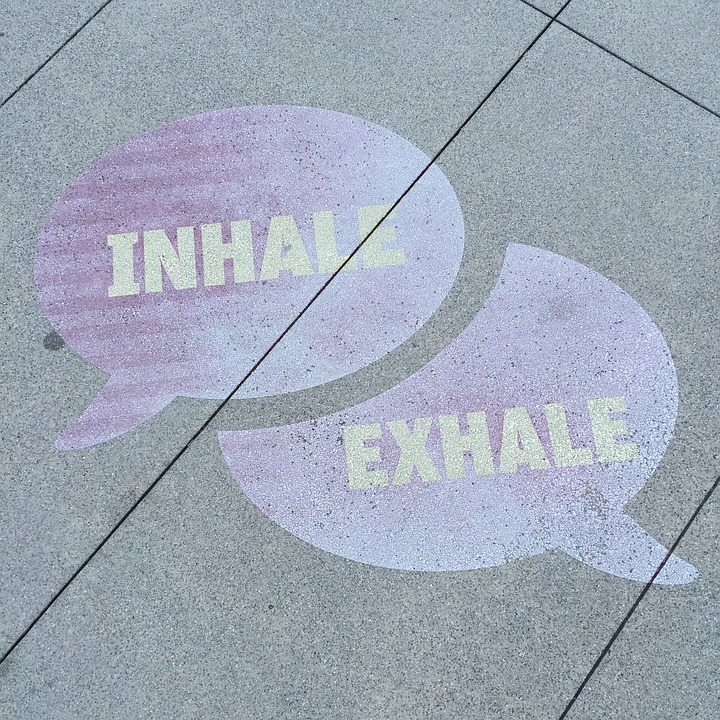Hypoxia is almost a certainty at high altitudes unless it is cared for. However, it does not usually occur as medical flights usually have pressurised cabins. This does not mean that we do not pay any heed to this potentially life-threatening condition, which is a real possibility on medical flights, when the altitudes are in excess of 10 thousand feet above the sea level.
The word hypoxia, when literally translated means lack of oxygen. A decrease in supply of oxygen to human body can bring about myriad symptoms and recognizing these, especially when in medical flights, is extremely important, as patients are usually already in a weak health position in air ambulances.
The Signs of Hypoxia on Medical Flights
Paramedics and nurses onboard medical flights must look for signs such as impaired judgement, lethargy, poor physical coordination, bluing of the skin (also known as cyanosis) and rapid breathing. The intensity of each of these signs may vary but these are the most visible signs that the patient is experiencing hypoxia.
The Symptoms of Hypoxia on Medical Flights
Surprisingly, euphoria or extreme happiness can be a symptom of hypoxia. Other symptoms can be a sensation of tingling, impaired visual capacity, cold or hot flashes, dizziness, headache, nausea, fatigue and air hunger. Not all symptoms might be present in one single individual but at least some of these might be present when the patients are hypoxic in medical flights.
The Effects of Hypoxia on Human Beings
It must be noted that about 20% of all oxygen that we take in is used by our brain. So, one of the first organs that is affected by hypoxia is the brain. If the brain is deprived of oxygen, it can lead to severe and permanent brain damage leaving the person with impaired functions for life. In extreme cases, it may even cause death. However, treating hypoxia, fortunately, is easy. All that patients aboard medical flights need is 100% oxygen and the symptoms vanish within a matter of seconds.


